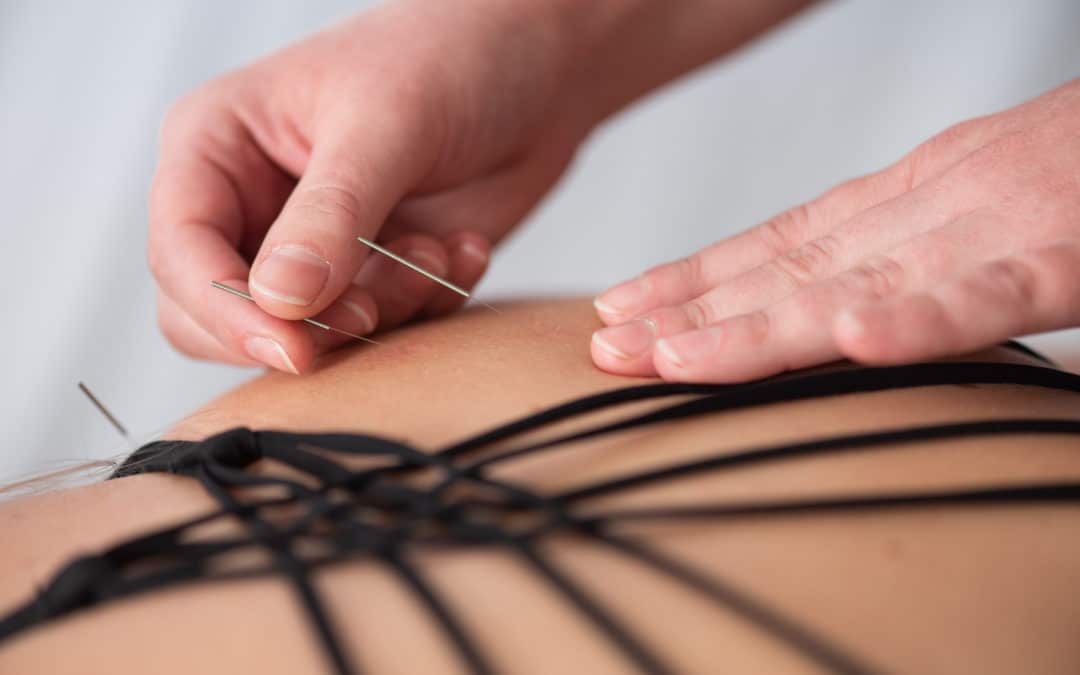Dry needling is increasing in popularity. In 2016, dry needling by physical therapist in Montana became legal and now chiropractors are beginning to add it to their scope of practice as well. So, more and more, I come across individuals confused about the difference between acupuncture and dry needling.
Here’s the difference:
Training:
Acupuncture is performed by licensed acupuncturists with a minimum of 3 years of post-graduate training and at least a Master’s level education. Training includes Eastern philosophy and sciences as well as Western sciences like anatomy and physiology, microbiology, and Western clinical sciences. In addition, acupuncturist typically graduate with 1,000 hours of clinical, hands-on training treating patients with a variety of acupuncture techniques.
Dry needling is a term that has been popularized recently by physical therapists and chiropractors. Dry needling focuses on releasing trigger points to treat myofacial pain, often focusing on just the area of pain. Acupuncturists have utilized these techniques for years but typically in addition to other modalities or techniques to create a full body treatment. Dry needling is a growing practice in the physical therapy profession and now the chiropractic field as well. Typically, these individuals are highly trained and educated in their field. However, the training in regards to needling performed by PTs and chiropractors usually comes from a weekend course with only about 24 hours of training.
Treatment:
Acupuncture aims to treat the whole person, creating balance in the body so it can function optimally, heal, and repair. Acupuncturists may perform dry needling, but often combine dry needling techniques with a full body treatment. Everything in the body is connected, so almost always the best results come from addressing the entire body. Acupuncture targets symptoms like pain, digestive issues, or fertility while also improving the overall function of the body. Acupuncture treatment takes into account the person’s overall health, considering related structure, musculature, Western diagnoses, and neuroanatomy.
Dry needling focuses on pain conditions by releasing trigger points. Treatments typically revolve around releasing trigger points in one specific body part that may be contributing to pain. Many patients experience soreness after treatment due to the focus on trigger point release, but ultimately experience muscle release and pain relief.
Here’s the similarities:
Both use thin, filiform needles to encourage change in the body.
Both are based on science and backed by research.
Acupuncturists can work hand in hand with other healthcare providers such as physical therapists, chiropractors, MDs, PAs, and NPs in order to create an integrated treatment plan. Each practitioner can focus on their specialty, while providing optimal outcomes and results for patients.


